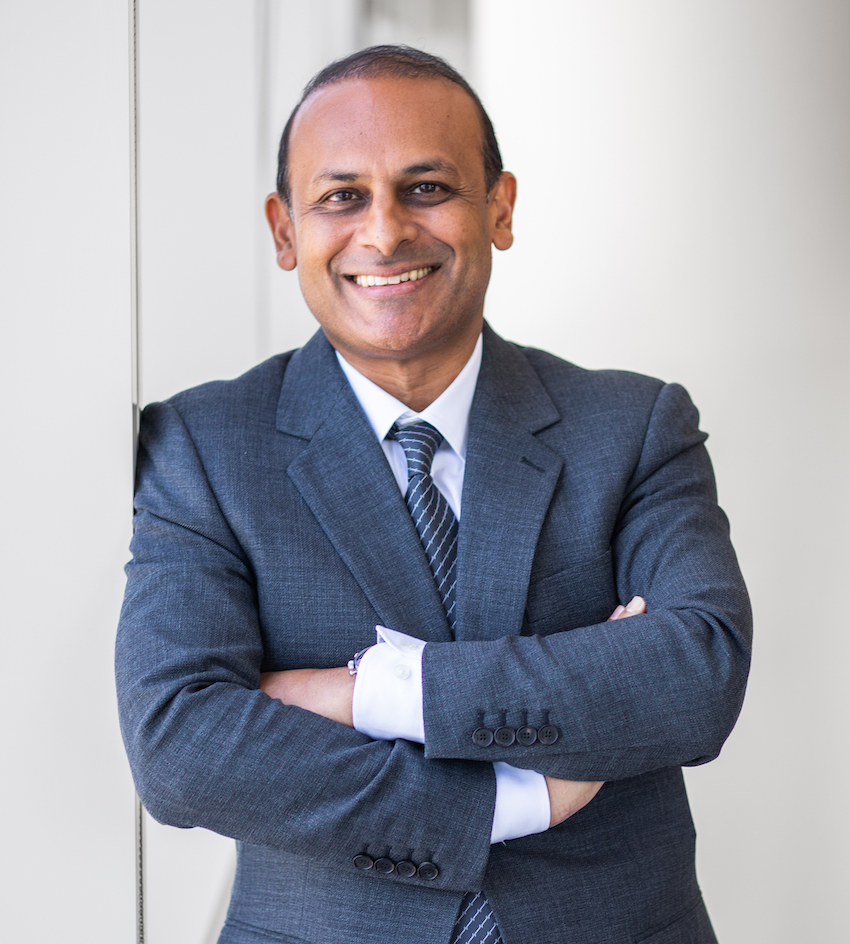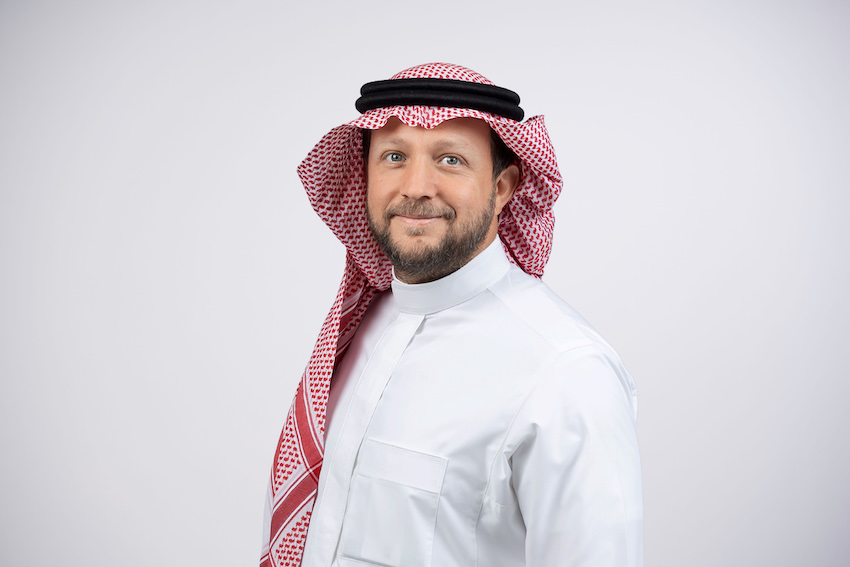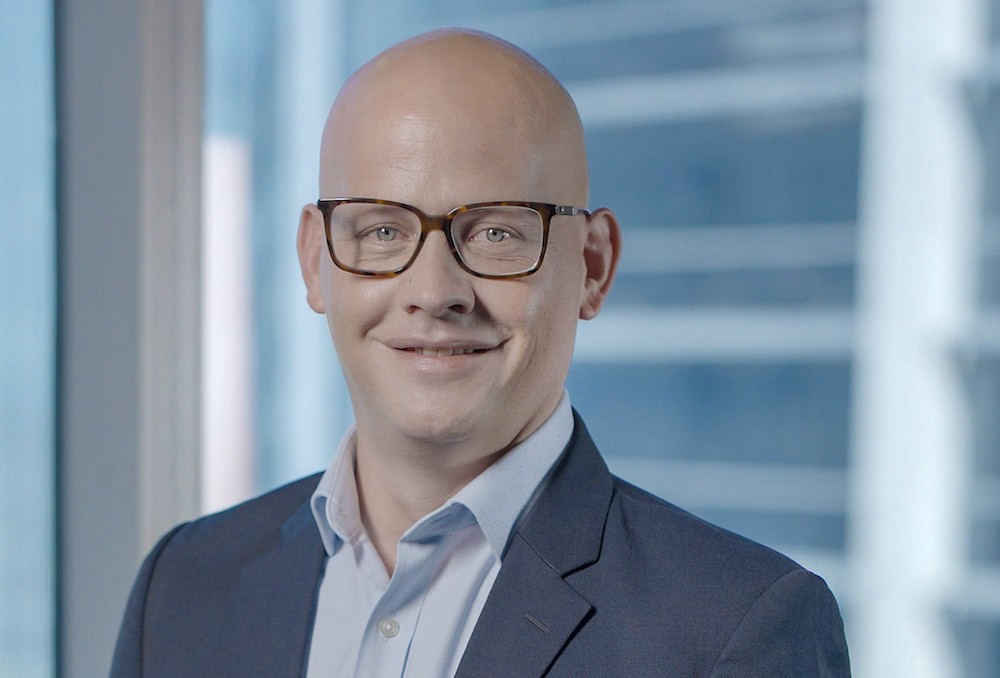RIYADH: Investment licenses for Saudi Arabia’s education sector saw an annual increase of 86 percent in the second quarter of 2024, in a sign of the industry’s growing attraction to businesses.
According to a report from the Minister of Investment, 41 permits were signed off over the period, signaling substantial growth from the 112 licenses across the sector at the end of 2023.
That in itself was a 49 percent growth from 2022, with the rise underscoring the central role that education plays in the Kingdom’s broader economic diversification strategy Vision 2030.
The sector is set to grow even further, with the report detailing that the Invest Saudi platform is currently showcasing more than 70 investment opportunities in education.
Some 22 of these are in the K-12 sphere, 17 in training, and 17 in early years.
Higher education has 11 investment opportunities, educational technology has 4, and there are two in ancillary services relating to the sector.
The strategic emphasis on education within the Vision is rooted in the recognition that a well-educated populace is essential for the Kingdom’s economic and social transformation.
The Human Capability Development Program, one of the key initiatives under Vision 2030, aims to equip citizens with the necessary technical and professional skills to thrive in a rapidly evolving global market.
This program is designed to ensure that the Saudi workforce is prepared to meet the challenges and opportunities of the future, aligning educational outcomes with the demands of both the Saudi and global labor markets.
Attracting foreign investment
Saudi Arabia’s strategic focus on education is evident not only in the increasing number of licenses but also in significant government spending and foreign direct investment in the sector.
In 2023, the Kingdom allocated 16.2 percent of its total government expenditure to education. This substantial outlay underscores the sector’s importance in the national agenda, directed toward improving educational infrastructure, developing curriculums, training teachers, and supporting scientific research and innovation.
Such investments are crucial for enhancing the Kingdom’s global competitiveness in various scientific and technological fields.
The inflow of foreign capital into Saudi Arabia’s education sector is another indicator of its growing prominence.
In 2022, FDI inflows in education witnessed a significant increase of SR191 million ($50.9 million), or 335 percent, compared to 2021.
Net FDI stood at SR181 million – a 222 percent rise on the previous year – meaning the total FDI stock in education came to SR917 million in 2022.
This surge in foreign investment highlights the sector’s attractiveness to international investors and underscores the Kingdom’s efforts to create a conducive environment for educational growth and innovation.
A significant milestone in the Kingdom’s educational development is the recent licensing of five international universities to establish branches in Saudi Arabia.
These universities – the Royal College of Surgeons in Ireland, the University of Strathclyde, the University of Wollongong, IE University, and Arizona State University – will offer specialized programs in areas critical to Vision 2030, such as health care, engineering, and business.
Their presence is expected to significantly enhance the quality of higher education in the Kingdom, attracting students and academics from around the world and further establishing Saudi Arabia as a leading educational hub in the region.
The Kingdom’s holistic approach to education extends beyond the expansion of physical infrastructure. It encompasses comprehensive efforts to develop academic curriculums, train educators, and bolster scientific research, all aimed at fostering an environment that meets international standards.
By raising the quality of education, Saudi Arabia not only enhances its own educational system but also makes the sector more attractive to both local and foreign investors, contributing to the broader goals of Vision 2030.
Financial indicators further underscore the sector’s growth and potential. In 2023, the value of payments by the Kingdom’s electronic system SADAD in education services reached approximately SR1 billion, reflecting a 4.3 percent increase compared to 2022.
Additionally, the value of point-of-sale payments in the education sector surged to SR9.7 billion in 2023, marking a 14 percent growth from the previous year. These figures highlight the increasing financial activity within the sector, driven by both consumer demand and strategic investments.
Bank credit for education also saw substantial growth, increasing by 34 percent to SR6.3 billion in 2023, up from SR4.7 billion in 2022. This rise in credit availability reflects the growing confidence in the education sector as a viable investment, further supported by the government’s commitment to educational development.
The consumer price index for the sector also rose by 2.2 percent in 2023 compared to the previous year, with higher education fees increasing by 4.1 percent and pre-primary and primary education fees by 3.1 percent.
This inflationary trend underscores the rising costs associated with improving the quality of education, which in turn reflects the sector’s growing significance in the national economy.
Investment support
Saudi Arabia offers a range of incentives and assistance to facilitate investment in the education sector.
These include support for capital expenditures such as land and buildings, which helps offset the high costs of real estate for private sector operators.
International schools in the Kingdom are exempt from certain Saudization requirements, and the percentage of locals required in the workforce of the Kingdom’s schools has also been reduced.
These regulatory exemptions are designed to attract high-quality foreign educational institutions and professionals to the Kingdom, further enhancing the sector’s global competitiveness.
In addition to these incentives, the government provides financial subsidies to support the salaries of teachers, particularly foreign staff with high qualifications.
This helps attract top talent to the Kingdom, ensuring that Saudi Arabia’s education sector is staffed by highly skilled professionals capable of delivering world-class teaching.
The government has also streamlined the visa approval process for foreign employees, making it easier for educational institutions to recruit the talent they need.
This regulatory support is a crucial factor in making Saudi Arabia an attractive destination for educational investment, as it reduces the administrative burden on institutions and allows them to focus on their core mission of delivering high-quality education.
All these initiatives mean the sector is poised for continued growth, driven by the government’s strategic investments, regulatory support, and the increasing demand for high-quality education.
The sector’s positive performance across various indicators underscores its importance as a key driver of the Kingdom’s economic and social development.































